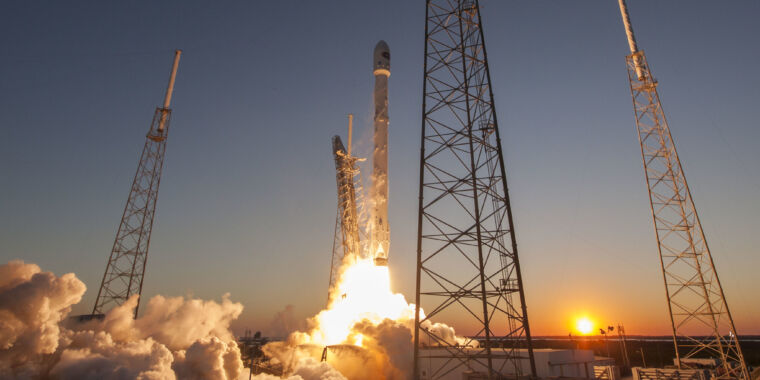
With this new data, Gray now believes that the Falcon 9's upper stage will very likely impact the far side of the Moon, near the equator, on March 4.
With the LCROSS mission, NASA deliberately impacted a spent rocket upper stage into the Moon in 2009 for this purpose.
The dry mass of the Falcon 9's second stage is about 4 metric tons, and it should impact the Moon at a velocity of about 2.58 km/s.Typically, during interplanetary missions, a rocket's upper stage is sent into a heliocentric orbit, keeping it away from the Earth and its Moon.
For launches of spacecraft intended to orbit the Earth, the best practice is to reserve enough fuel in a rocket's upper stage to return it to Earth's atmosphere, where it will burn up.